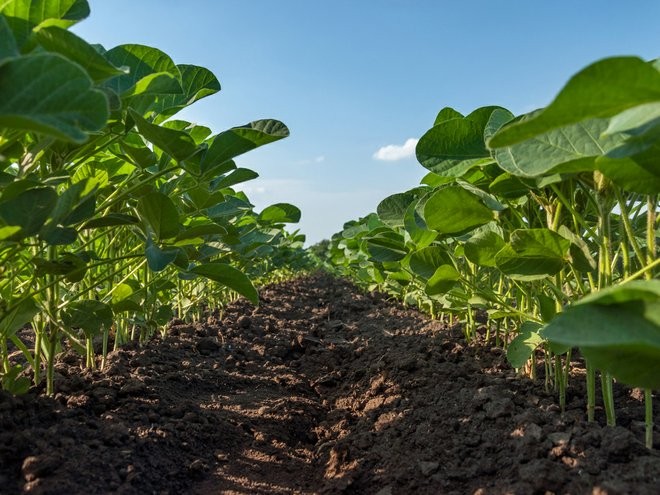‘Green chemicals’: The next industrial revolution?

What’s driving the transition to ‘green chemistry’?
The transition from a fossil-based to a renewable-based economy is already underway, with the size of the ‘green chemicals’ market being valued at $9.5 billion in 2019, while a CAGR of 6.6% in 2020 and 2030 is predicted. In this way, companies that are already seeking to incorporate new sustainable technologies and replacing conventional materials with the so-called ‘green chemical’ materials may be jumping ahead in the competitive market.
For this change in attitudes to take hold, the main drivers for the replacement of petrochemicals include the awareness of the environmental impacts that a raw material offers, the increase in regulations and legislative pressures aimed at reducing polluting greenhouse gas emissions and the awakening of interest by consumers for more sustainable and less harmful products.
In the case of the consumer packaged goods (CPG) industry and the food and beverage (F&B) industry, there is currently great concern, mainly with single-use plastics, some of which are already banned by local public policies.
Coupling sustainability with functionality in the packaging industry
The packaging industry faces some of the biggest challenges with regards to switching to biobased alternatives, due to the different purposes a package serves (i.e., protection, barrier, marketing, transport). An example of an existing replacement for the packaging industry is the product FDCA, which is derived from sugars, developed by Corbion. This product is an alternative to PET packaging in the F&B industry, offering better barrier, thermal, and mechanical properties than conventional PET.
‘Green chemistry’ can also be applied to other proposals in addition to F&B packaging, using food waste or renewable biomass. For example, of the companies highlighted in the PreScouter report, Pyran, uses 1,5-PDO derived from corn cobs to replace fossil-based diols for textiles, paints, coatings and automotive applications.
Lankem developed BioLoops, a surfactant made with soybean oil that can be used for detergents, cleaners and textile processing, and BioTak uses renewable sources in their substitutes for conventional adhesives for labels and packaging.
In the case of Pyran, the developed product has 30% lower costs, with improved properties in polyester and polycarbonate polyols over the oil-based alternative. Low-cost 1,5-PDO enables advancements in polycarbonate polyols as a high-quality substitute for polyesters/ethers.
BioPowder sells natural additives derived from olive pits as well as fruit peels and stones that can be used as alternatives to industrial abrasives and fillers. In the same way, Ecovia offers AzuraGel, superabsorbent biopolymers derived from renewable biomass that can be used as alternatives to acrylates, minimizing production costs and maximizing raw material flexibility.
In addition to presenting alternatives to petrochemicals, materials produced from ‘green chemistry’ are able to achieve final properties similar to those they seek to replace. In some cases, a biobased alternative can even provide additional or better functionality.
Key takeaway: Green is the way forward
Industries must always be aware of the interests of consumers as well as the need to respect environmental limits. As consumers increasingly look for sustainable products and industries demonstrate care for the planet by replacing conventional products with ‘green chemical’ products, the greater the resulting benefits will be in the future.
For companies looking to achieve their sustainability goals, one path is replacing harmful chemicals with renewable, nontoxic ‘green chemistry’. As PreScouter technical director and report coauthor Marija Jovic notes, “’Green chemistry’ is the foundation of a sustainable future and the way to be at the frontier of business and consumer needs.”